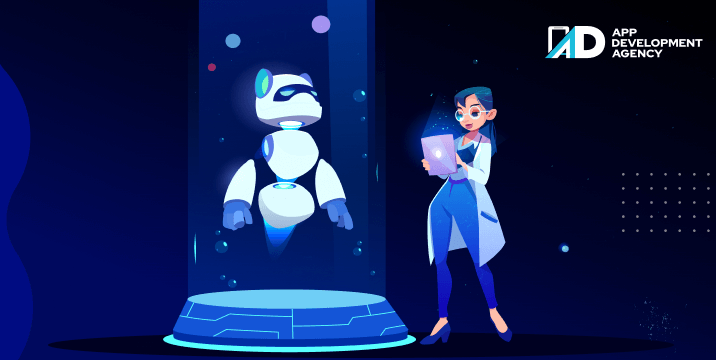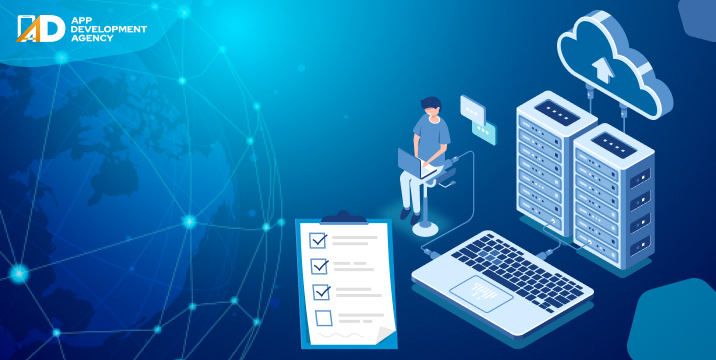Let’s find out how do AI Developers cognize and employ the solutions and benefits of AI in their applications!Artificial intelligence handles data-intensive workloads from data preparation to refined training models. It requires purpose-built servers, simple classification, and pattern recognition tasks and systems capable of using historical data to make predictions. Machine learning advanced in the 21st century bringing many relevant breakthroughs like self-driving cars, virtual assistants like Alexa and Siri. Narrow or weak AI with savant-like skills to demonstrate human-level intelligence and consciousness is still a work in progress.
The emergence of artificial super-intelligence will change humanity, but it’s not happening soon. Here are the types of AI leading up to that new reality.
Reactive AI
Such algorithms lack memory and are reactive. These offer the same output even after being given a specific input. Machine learning models that use this type of AI – are effective for pattern recognition tasks. But they are incapable of analyzing scenarios that include imperfect information or historical understanding.
Limited Memory
Algorithms in limited memory machines work in proportion to the human brain. These are capable of handling complex classification tasks and use historical data to make predictions. Example: Autonomous driving. Limited machines come with narrow intelligence as they lag behind human intelligence in many respects. They require training data to learn and behave.
Theory of Mind
This type of AI is capable of understanding human motives and delivers personalized results based on individual needs. Theory of mind is also known as artificial general intelligence (AGI). It can contextualize information and generalize knowledge to resolve varied problems. It also incubates the ability to detect human emotions and empathize with people (a part of sentiment analysis)
Self-aware
This type of artificial intelligence considers the mental state of other entities, as well itself. It is capable of surpassing human cognition by creating more intelligent versions of itself.
| Applications | Types of Models | Software/Hardware for Training and Running Models | Programming Languages for Building Models |
| Image Recognition | Deep Learning | GPU’s | Python |
| Speech Recognition | Machine Learning | Parallel Processing Tools (Like Spark) | TensorFlow |
| Chatbots | Neural Networks | Cloud Data Storage and Computing Platforms | Java |
| Natural Language Generation | C | ||
| Sentiment Analysis |
Data changes its form but remains there. It is omnipresent with a great deal of potential. Every AI-enabled application has a lifecycle: Smart recommendations, generative design, anomaly detection, and preventive maintenance, to optimize the way the products are designed and produced. AI Development Companies use it within industrial-grade AI applications adding value and interacting seamlessly with software and automation. Collaboration and open ecosystems potentially leverage such technologies. Follow us for more insights on Artificial Intelligence, neural language, and machine learning applications!

I still remember standing in a crowded supermarket in 2015, staring blankly at three different brands of cereal, unsure which one was cheaper, healthier, or even remotely worth the price tag. Now my shopping app nudges me with suggestions based on my past choices, points out discounts I’d probably miss, and even reminds me that …
Continue reading “Benefits of Artificial intelligence in Retail”
Read More
I was so inclined to write a theory acknowledging the applications and benefits of AI, not just in retail but across various domains, but I know that is what we know, and what we are feeling day to day. AI can work tirelessly 24*7, without a pause, but humans need a break. And to make …
Continue reading “How Artificial Intelligence is Transforming the Retail Industry”
Read More
We live in an era where your coffee machine can sync with your smartwatch, the air conditioner can sync with your smartphone, but your university portal still logs you out after three minutes of inactivity. Why is that? While the corporate world, healthcare, and even agriculture have embraced the cloud like it’s the second coming …
Continue reading “Cloud Computing in Education- Benefits, Challenges, and Implementation Process”
Read More